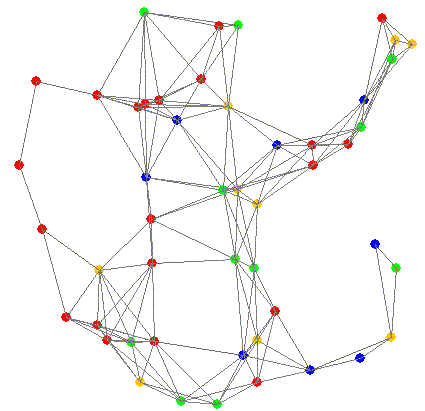Title: PUE attack detection in CWSNs using anomaly detection techniques
Authors: Javier Blesa, Elena Romero, Alba Rozas and Alvaro Araujo
Published in: EURASIP Journal on Wireless Communications and Networking
Date of Publication: September 2013
Digital Object Identifier : 10.1186/1687-1499-2013-215
Web: http://jwcn.eurasipjournals.com/content/2013/1/215
Cognitive wireless sensor network (CWSN) is a new paradigm, integrating cognitive features in traditional wireless sensor networks (WSNs) to mitigate important problems such as spectrum occupancy. Security in cognitive wireless sensor networks is an important problem since these kinds of networks manage critical applications and data. The specific constraints of WSN make the problem even more critical, and effective solutions have not yet been implemented. Primary user emulation (PUE) attack is the most studied specific attack deriving from new cognitive features. This work discusses a new approach, based on anomaly behavior detection and collaboration, to detect the primary user emulation attack in CWSN scenarios. Two non-parametric algorithms, suitable for low-resource networks like CWSNs, have been used in this work: the cumulative sum and data clustering algorithms. The comparison is based on some characteristics such as detection delay, learning time, scalability, resources, and scenario dependency. The algorithms have been tested using a cognitive simulator that provides important results in this area. Both algorithms have shown to be valid in order to detect PUE attacks, reaching a detection rate of 99% and less than 1% of false positives using collaboration.





